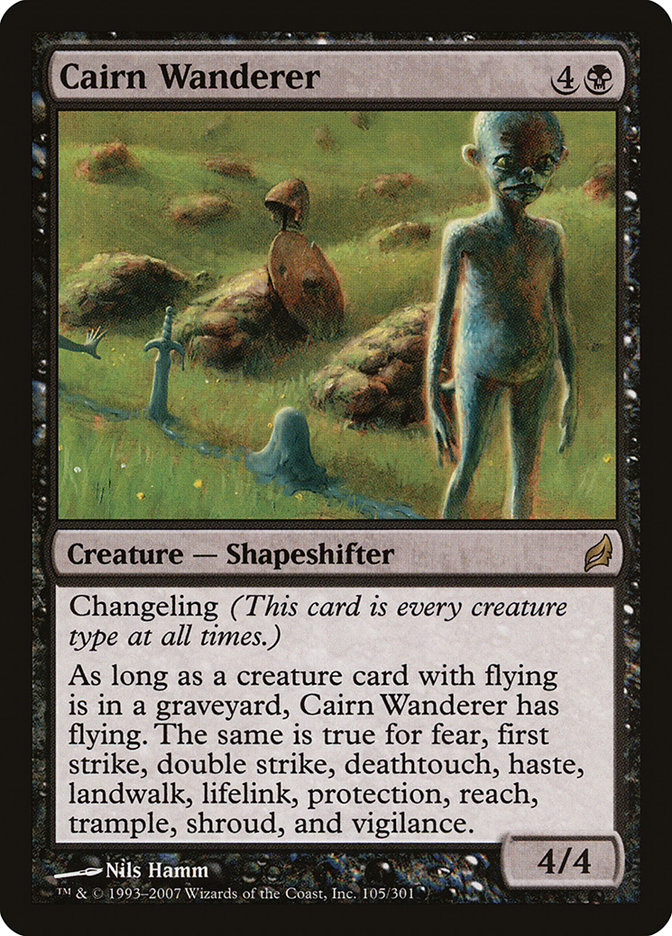
Choosing the right creatures for your Magic: The Gathering (MTG) main deck is a critical aspect of building a successful deck. Creatures often form the backbone of many strategies, whether you’re aiming to overwhelm your opponent with aggression or control the board through powerful abilities.
Here’s a guide to help you determine which creatures to include in your MTG main deck:
1. Consider Your Deck’s Archetype
- Aggro Decks: Prioritize low-cost, high-damage creatures that can attack early and apply consistent pressure.
- Control Decks: Include creatures that provide value through effects like card draw, counterspells, or removal, often with higher toughness to block and survive.
- Midrange Decks: Focus on efficient creatures at different points of the game, offering strong stats or abilities at each mana cost.
- Combo Decks: Look for creatures that either enable or complement the deck’s combo, serving as key pieces to your game-winning strategy.
2. Mana Curve and Playability
- Early Game (1-3 Mana): In most decks, it’s important to have creatures that you can play early to gain an advantage or control the battlefield.
- Mid to Late Game (4+ Mana): Include larger creatures that can dominate the game or provide significant value when they enter the battlefield.
3. Creature Abilities and Synergy
- Enter-the-Battlefield Effects: Creatures that trigger an ability when they enter the battlefield can give you immediate value, even if they are removed soon after.
- Tribal Synergy: If your deck focuses on a specific creature type (like Elves, Goblins, or Angels), choose creatures that interact well within that tribe, amplifying each other’s power.
- Keyword Abilities: Keywords like flying, trample, deathtouch, and haste can make creatures more versatile and dangerous in combat.

4. Creature Utility and Flexibility
- Multifunction Creatures: Select creatures that serve multiple roles, such as providing mana ramp, drawing cards, or even acting as removal.
- Creature Removal: Some creatures have built-in removal effects, allowing you to destroy or exile opposing threats while advancing your own strategy.
5. Meta and Opponent Consideration
- Meta-Dependent Choices: Consider the types of creatures or strategies you are likely to face. If aggro decks dominate the meta, include creatures with lifelink or high toughness to stabilize.
- Protection and Resilience: Look for creatures that are harder to remove, either through hexproof, indestructibility, or abilities that trigger upon death.
6. Consistency and Redundancy
- Key Creatures in Multiples: If a creature is central to your deck’s strategy, include four copies to maximize the chances of drawing it consistently.
- Balance of Threats: Ensure that your deck includes a mix of early threats and late-game finishers, so you can adapt to different game situations.
7. Testing and Adjusting
- Playtesting: As with other card types, test your creatures in various matchups to see how they perform. Swap out underperformers and refine the selection based on the results.
By carefully considering your deck’s archetype, mana curve, creature abilities, and the current metagame, you can select creatures that not only fit your strategy but also give you a competitive edge in your MTG main deck.
